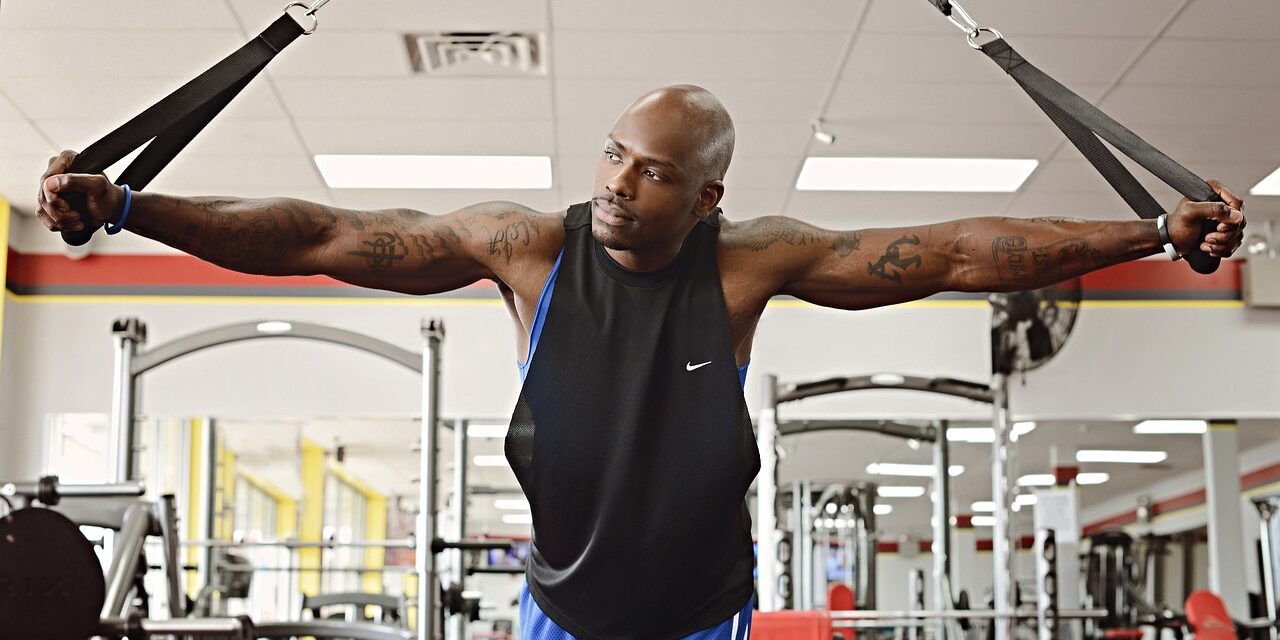Reaching the age of 50 is a milestone that often prompts men to reevaluate their fitness routines and goals. The phrase “workout for men over 50” is not just about staying active; it’s about optimizing health, maintaining muscle mass, and enhancing overall well-being. This comprehensive guide is tailored to help men over 50 navigate the intricacies of fitness, offering insights into effective exercises and routines that cater to their unique physiological needs.
Why is a specialized workout plan important after 50? For men, this age signifies a time of significant physical and hormonal changes, including a natural decline in muscle mass, bone density, and metabolism. However, these challenges also present an opportunity. With the right approach to fitness, men over 50 can not only counteract these changes but also improve their overall health, boost their energy levels, and enhance their quality of life.
This article aims to be more than just a collection of workout suggestions. It’s an empowering resource for men who are looking to revitalize their fitness routines or embark on a new fitness journey. We will explore various aspects of physical fitness that are vital for men over 50, including strength training, cardiovascular health, flexibility, and balance. Our goal is to provide practical, actionable advice, rooted in the latest research and expert insights, to help you build a comprehensive, enjoyable, and effective workout regimen.
So, let’s begin this journey of fitness exploration. It’s time to challenge the myths about aging and fitness and embrace this life stage with strength, confidence, and vitality. A thoughtful and well-executed fitness plan can help you not only look and feel better but also live a more active and fulfilling life.
Creating an Effective Fitness Plan for Men Over 50
For men over 50, developing a fitness plan that addresses age-related physical changes is crucial. A well-rounded approach that combines strength training, cardiovascular exercises, flexibility, and balance activities can lead to significant health benefits. Let’s delve into these key components.
Strength Training: Essential for Preserving Muscle Mass
Strength training becomes increasingly important as men age. With the natural decline in muscle mass and strength, incorporating weightlifting, resistance band exercises, and bodyweight workouts like push-ups and planks is crucial. These exercises help maintain muscle mass, support metabolic health, and strengthen bones. The American College of Sports Medicine recommends strength training for all major muscle groups at least twice a week for older adults.
Cardiovascular Exercise: Promoting Heart Health
Cardiovascular fitness is paramount for heart health and weight management. Activities like brisk walking, jogging, swimming, or cycling improve heart function and endurance. For men over 50, the American Heart Association advises at least 150 minutes of moderate aerobic activity per week. It’s important to choose low-impact exercises if joint health is a concern.
Flexibility and Balance: Overlooked but Vital
As flexibility and balance can decline with age, incorporating exercises like yoga, tai chi, or simple stretching routines is vital. These activities enhance joint mobility, reduce the risk of falls, and provide mental relaxation. Regular stretching can also aid in muscle recovery and prevent stiffness.
Nutritional Considerations
An effective workout routine is complemented by proper nutrition. Consuming a balanced diet rich in protein, healthy fats, complex carbohydrates, vitamins, and minerals supports muscle growth, energy production, and overall health. Hydration also plays a critical role, especially around workouts.
Expert Advice on Adapting Workouts
Fitness experts emphasize the importance of listening to your body and adapting workouts as needed. This may mean modifying exercises to accommodate any physical limitations and focusing on gradual progress rather than immediate results. Consulting with healthcare providers and fitness professionals can also provide personalized advice tailored to individual health conditions and fitness levels.
In the next section, we will summarize the key takeaways from this exploration and offer actionable advice for men over 50 looking to develop an effective and sustainable fitness routine.
Empowering Fitness for Men Over 50: Summary and Actionable Steps
Adopting a comprehensive fitness routine after 50 is a proactive step towards maintaining health, strength, and vitality. Let’s summarize the essential elements of a successful fitness plan for men over 50 and provide actionable steps to integrate these strategies into daily life.
Essential Elements of a Fitness Plan for Men Over 50
- Strength Training: Focus on exercises that build and maintain muscle mass. Include weightlifting, resistance training, and bodyweight exercises in your routine.
- Cardiovascular Workouts: Engage in activities like walking, swimming, or cycling to improve heart health and boost endurance.
- Flexibility and Balance: Incorporate yoga, tai chi, or stretching exercises to enhance joint mobility, balance, and reduce the risk of falls.
- Nutrition and Hydration: Complement your fitness routine with a balanced diet rich in essential nutrients and stay well-hydrated, especially around workouts.
Actionable Steps for Implementing a Fitness Plan
- Consult Healthcare Providers: Before starting any new exercise regimen, especially if you have health concerns, discuss your plans with a healthcare provider.
- Start Gradually: Begin with low-intensity exercises and slowly increase the intensity and duration based on your fitness level.
- Set Realistic Goals: Establish achievable fitness goals that are specific, measurable, and tailored to your abilities and health needs.
- Establish a Routine: Develop a consistent exercise schedule that includes various types of workouts, ensuring a balanced approach to fitness.
- Monitor Your Progress: Keep track of your fitness journey to stay motivated and make necessary adjustments to your routine.
- Join Fitness Groups: Consider participating in fitness classes or groups designed for older adults. This provides additional motivation and social interaction.
- Enjoy the Process: Choose exercises that you enjoy. Fitness should be a rewarding and enjoyable part of your lifestyle.
By adopting and maintaining a well-rounded fitness routine, you can significantly improve your physical health, mental well-being, and quality of life. Embrace this journey with enthusiasm, and allow your fitness routine to evolve as you continue to grow stronger and more confident in your abilities.






